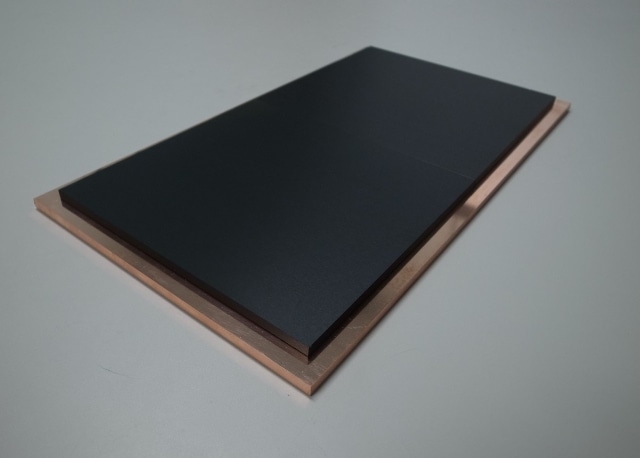May 26 2016
AGC Asahi Glass (AGC) has used a special sputtering target material to create a uniform amorphous thin film called C12A7 Electride. The company has begun industrialization and commercial fabrication of the new material.
 Asahi Glass Co. Electride Target
Asahi Glass Co. Electride Target
C12A7 Electride is fundamental to large scale production of new thin film as well as large organic electroluminescent (EL) panels, sometimes referred to as organic LEDs (OLEDs), using the film.
As of now, alkali-doped organic materials and lithium fluoride (LiF) are applied as the electron injection material for an OLED display. But, these materials are unbalanced and are used in an unbalanced state, which causes some manufacturing hurdles related with OLED. To solve this issue, the AGC Group came up with the new C12A7 Electride thin film which is more stable amorphous.
C12A7 is a constituent of alumina cement. Its structure comprises interrelated "cages," that measure almost 0.4nm in inner diameter, and contains oxygen ions. A team of researchers led by Professor Hideo Hosono, a material scientist known for the discovery of iron-based superconductors created C12A7 Electride at the Tokyo Institute of Technology. The oxygen ions contained in the cages are substituted with electrons, thereby allowing the material to conduct electric current similar to a metal, be uncomplicated to handle, and preserve chemical and thermal stability, while keeping the properties of readily emitting electrons.
The new amorphous C12A7 Electride thin film created using a sputtering process at room temperature with the aid of the AGC Group-developed target material, possesses properties such as transparency in the visible range, easy emission of electrons similar to metal lithium, and stable chemical state even in air.
By integrating this with a TFT element, which utilizes a transparent amorphous oxide semiconductor (TAOS), the low-driving-voltage electron transport layer can be produced in a stable manner and with good production yields, even when applied in an OLED display having an inverted structure.
IDTechEx, a market research company forecasts that the market for OLED displays will scale up to about US$16 billion in 206 and will further expand to US$57 billion in 2026.
TAOS-TFT is suitable for driving a large OLED panel, but there was no available material that functions properly as both an electron injection layer and an electron transport layer – both of which are necessary to realize the inverted structure that makes the best of the panel's performance. With the commercialization of our C12A7 Electride material, we expect to see substantially improved production of oxide TFT-driven OLED panels.
AGC Group's Naomichi Miyakawa, Principal Manager, New Product R&D Center, Technology General Division
AGC hopes that OLED panels with the novel C12A7 Electride-based thin film will commence manufacture in the same year as the Tokyo Olympic Games, 2020 or perhaps sooner.